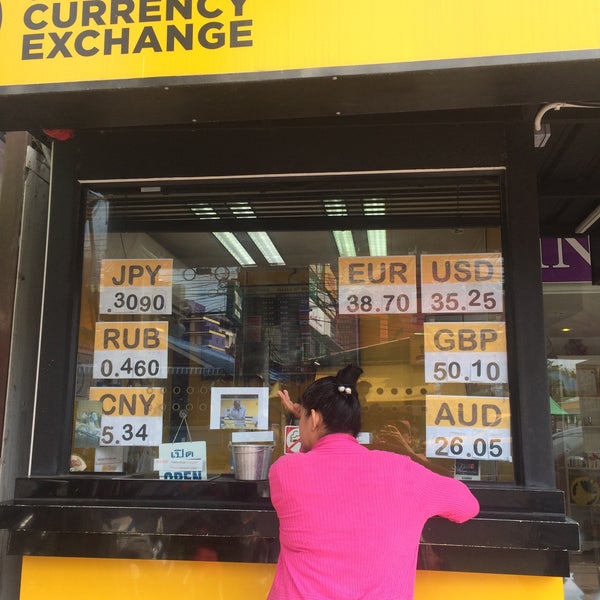Recent headlines have been dominated by the weakening health of Asian currencies. The Japanese yen, for instance, has plummeted to a 38-year low of 160 to the dollar, prompting speculations about the Bank of Japan’s intentions to taper liquidity and potentially raise interest rates to curb inflation and stabilize the currency’s value.
Other Asian currencies have also experienced significant declines due to the strengthening of the dollar. Currencies like the Philippine peso, Korean won, and Indian rupee are approaching historical lows, prompting interventions by the central banks of India, Vietnam, and Indonesia to bolster their currencies.
Several other currencies, including the euro, Canadian dollar, New Zealand dollar, Taiwanese dollar, Indonesian rupiah, Swiss franc, Mexican peso, Turkish lira, Argentine peso, and Brazilian real, have also depreciated by varying margins, ranging from 3.2% to 12.2% since the beginning of the year.
The primary reason behind this downturn is the continued resilience of the US economy, which has outperformed expectations. This has led many to believe that interest rate adjustments in the US may be more gradual and limited compared to other nations.
The contrasting economic landscapes are particularly evident in the Purchasing Managers’ Index (PMI) readings. While the US PMI remains robust, with a rise to 54.6 in June, the euro-zone PMI has declined to 50.8. France, in particular, saw a drop to 48.2, amplifying concerns of political uncertainties following a recent election setback for President Emmanuel Macron.
The global economic landscape, however, indicates a synchronized recovery across major economies in North America, Europe, and Asia. Despite this positive trend, certain economies face elevated risks, such as India and France, where political uncertainties pose challenges.
Geopolitical factors, coupled with diverging monetary policies between the US and other countries, are contributing to asset sell-offs in various regions and boosting the demand for the US dollar as a safe-haven asset.
The article also discusses predictions for currency movements, foreseeing a further weakening of the baht against the dollar in the third quarter, followed by a potential strengthening in the fourth quarter as the US economy shows signs of slowing down. Similar forecasts are made for the yen and yuan, based on interest rate differentials and central bank policies.
Uncertainties persist in the global currency markets, influenced by economic indicators, inflation rates, geopolitical events, and domestic political developments. The forthcoming US presidential election introduces another layer of unpredictability, underscoring the importance of hedging currency risks for businesses and investors engaged in international transactions.





